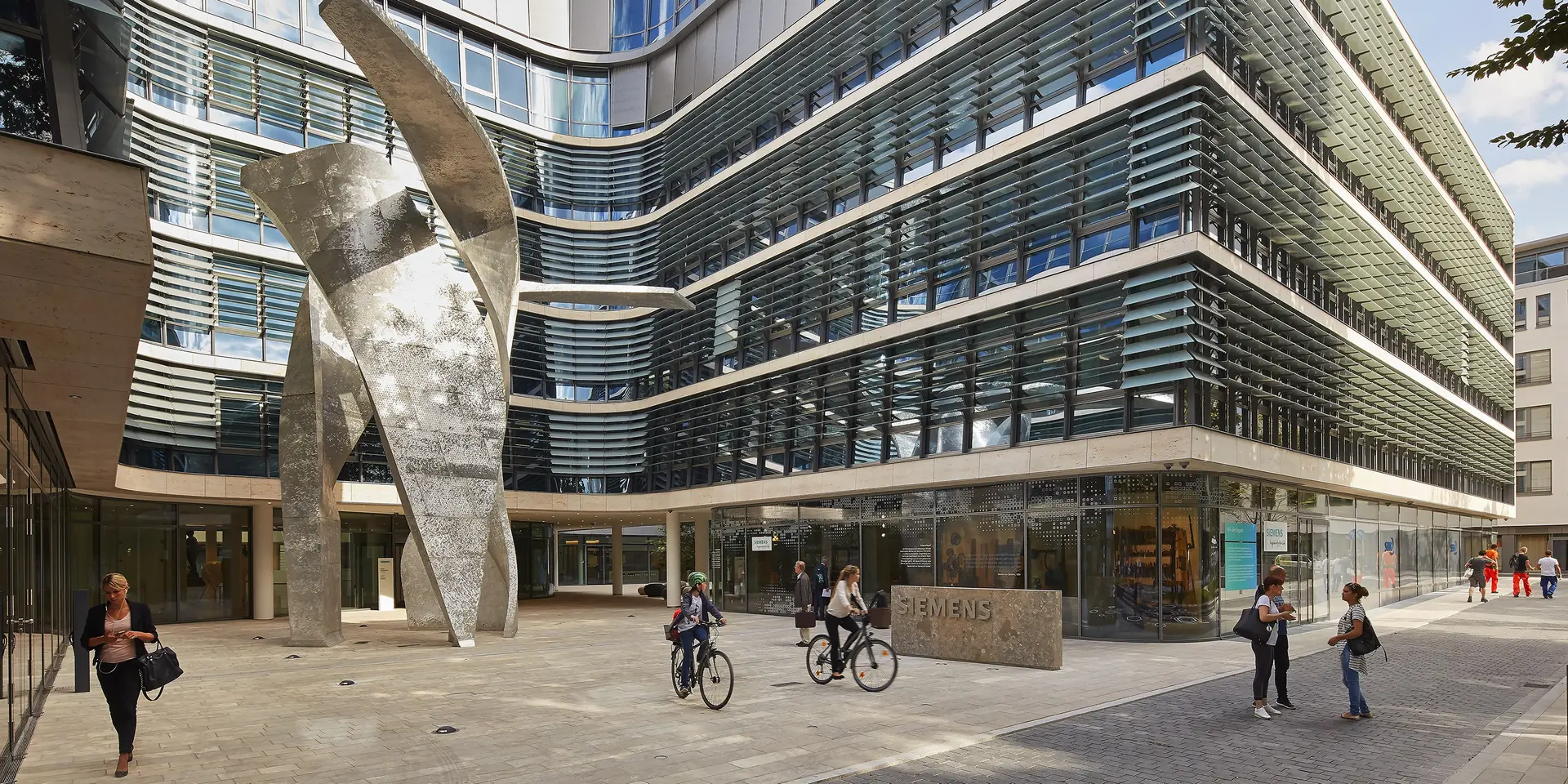The recipe for the best workspace design

A modern workspace must accommodate digitalization, flexibility, unique brand value and high product variety. A strong solution is always based on knowledge from other typologies together with research.
Designing different building typologies creates knowledge we can use across different sectors.
When advising companies like Siemens or Microsoft headquarters in Munich and Copenhagen, much of our knowledge and inspiration comes from our experience within the educational sector - when we design universities and learning environments.
Here are two tricks to a great workspace design:
1) Mix your knowledge
We have observed that while an “open-source environment” granting informal encounters and dialogue between people supports learning, this type of design also benefits the typology of workspaces. Moreover, while optimal daylight conditions improve the efficiency and productivity of students in learning environments - the same applies to employees at workspaces.
This observation led to challenging and tearing apart the hierarchic cellular office environment. Nowadays, office spaces show a much greater variety of different workspaces, such as teamwork areas and recreational spaces. Currently a strong trend and nothing new. However, how to work and collaborate, how companies are adapting to these new working environments is new and can be challenging for any type of work culture or company.
2) Understand the company
Can architects enhance a company’s brand value with designed spaces to help attract talent? Absolutely! When we design headquarters, we are interested in understanding the workflow of the company and, even more important, grasping the characteristics of the company, understanding their culture and design a space where people can thrive.
However there is a challenge: On the one hand, the client’s wish for a corporate building representing the brand is very strong. On the other hand, flexibility in size and organization is a necessity as markets change fast.
Companies have to consider, whether they should build a headquarters only for themselves or provide a mix with attractive areas for a multi-tenant option, without losing their own corporate identity. Maybe they even want both options in one, over the course of a longer period of time, to be able to grow. To meet this need, which is a super interesting and rather new challenge, we as architects have to propose solutions where both scenarios are possible: to enable a stronger positioning as well as a more futureproof and sustainable solution.
Acknowledging these commercial demands - a higher exchange of talent, dynamic commercial change, and a more developer-driven market - and mix all the above with unique and poetic architecture, this is crucial.



